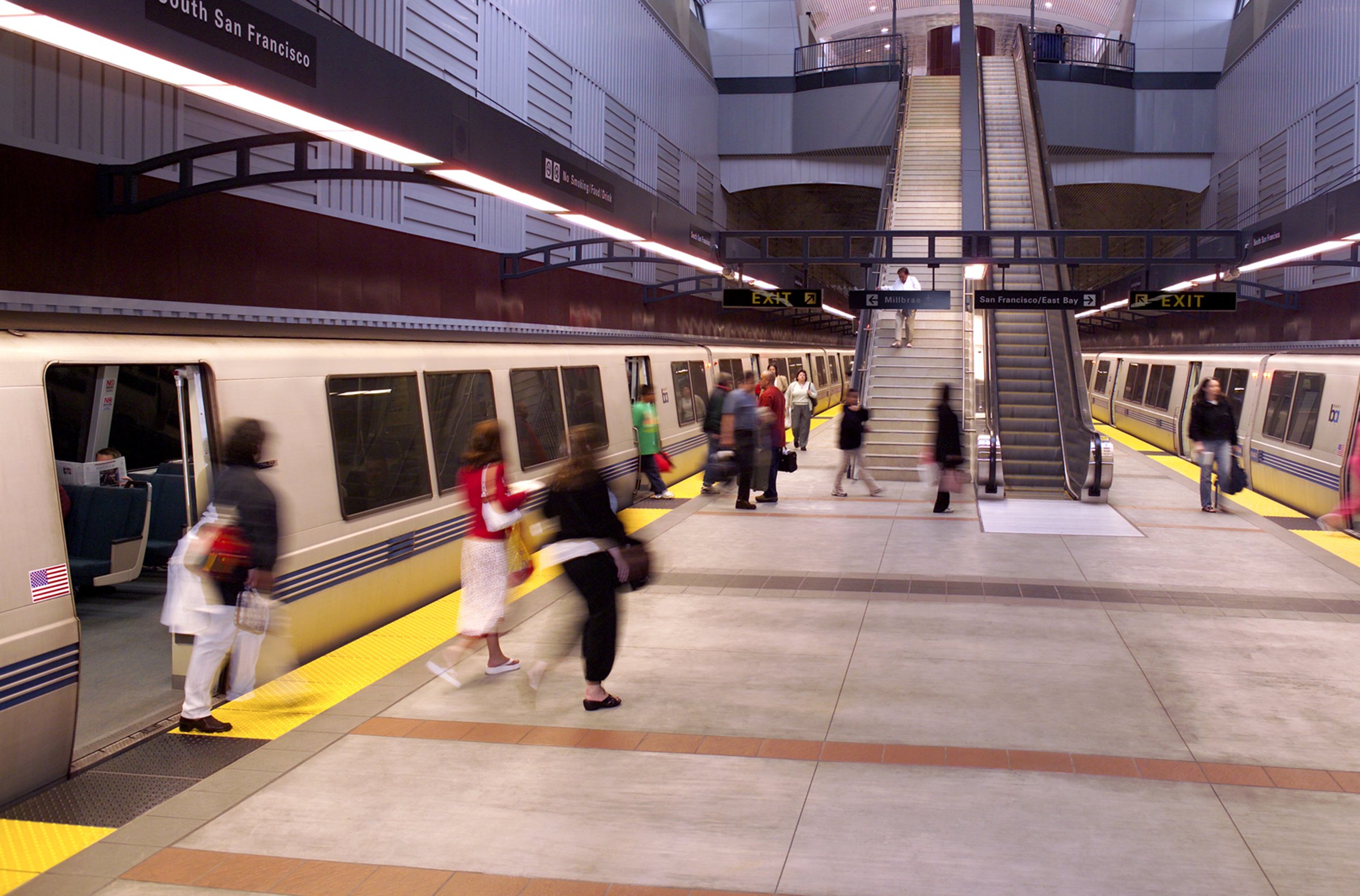Newsom’s proposed budget undermines transit and climate goals
On January 10, California Governor Gavin Newsom released his 2023-24 state budget proposal. As was widely expected, the budget reflected the state’s expectation of an approximately $22.5 billion budget shortfall in the coming fiscal year. Unfortunately, the proposal grapples with this deficit, in part, by slashing funding for public transportation capital projects (and other climate investments) while ignoring the fiscal cliff facing transit agency operating budgets, creating risks of service cuts.
In California’s multi-step budget process, the governor’s January proposal is only the first salvo in a back-and-forth process that continues through the summer. The budget that is approved in the end often is significantly different from the governor’s initial proposal. The legislature’s committees weigh in, and the state tracks incoming tax revenue against its expectations. In May, the governor issues a revised proposal based on these factors; the legislature then approves a budget document that requires the governor’s signature. However, the January proposal is the foundation on which many future budget negotiations rest.
As a result of these proposed cuts, the governor’s proposal is already getting pushback from Bay Area legislators, including Senator Scott Wiener, who tweeted on Jan. 12, “We’re analyzing the impacts on transit of the Governor’s proposed budget. It’s not pretty. The proposal allows transit to go over a devastating fiscal cliff (huge service cuts). + it imposes multi-billion cut on transit capital projects. A big coalition will work to change this.”
Senator Scott Weiner
Legislators will have a chance to hear about the fiscal cliff and weigh in at committee hearings hosted in Sacramento by Senator Wiener and Assembly Member Friedman. The hearings are expected in February.
Transportation Secretary Toks Omishakin told reporters after the budget release that the State would be looking to the federal government for help with operating funding. However, this strategy seems dubious at best at a time when the new House Majority is flirting with US debt default. Federal funding may be a stronger backstop for some categories of climate funding that will be bolstered by Inflation Reduction Act funding that was approved late last year.
Proposed cuts to transit and active transportation are detailed on page 51 of Newsom’s proposed budget. As summarized by CalMatters, the cuts include:
A $2 billion cut (in intercity projects) from the $7.7 billion set aside for transit capital infrastructure;
A $200 million cut to bicycle and pedestrian programs;
Delaying $350 million in funding to improve rail crossing safety from 2023-24 to 2025-26.
The proposed cuts to transit and intercity rail funding would impact BART’s Core Capacity program and VTA’s BART Silicon Valley project. The proposed safety cuts would impact projects for Caltrain corridor grade separations.
In the coming months, it will be important for California transit leaders, legislators, and advocates to work together to advocate for a more robust and sustainable level of state transit funding. If you haven’t already, sign this petition supporting state funding to address the transit operations fiscal gap, to prevent drastic service cuts while the Bay Area lays the groundwork for a regional transportation ballot measure. We’ll keep you posted on opportunities to contact your legislators.


